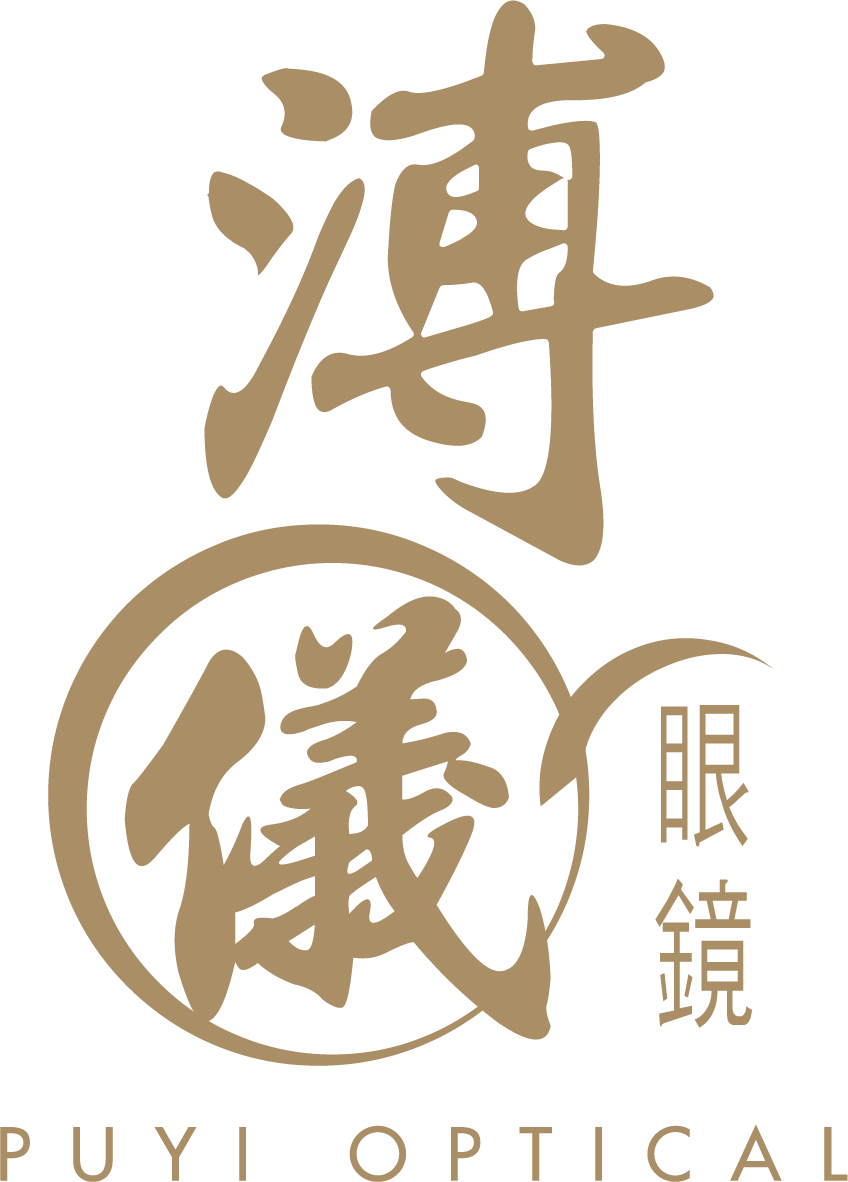MANAGE MYOPIA TOGETHER
Please select services location & shipping destination
During the pandemic-induced schools closure, kids’ time online for e-learning and entertainment suddenly increased. One study found that children spent around seven hours a day looking at their digital devices. Children with myopia experienced a rapid worsening of symptoms, with many increasing up to -2.00 diopters (D) in just half a year. Some may think myopia is not a big deal — a problem easily fixed by a pair of glasses — but in 2015, the World Health Organisation (WHO) redefined high myopia as -5.00 D or higher, and warned that it could cause serious issues such as cataracts, glaucoma, macular degeneration and retinal detachment at a young age, which can result in visual impairment or even blindness!
In fact, myopia has already become a common problem in Hong Kong and worldwide:
WORLDWIDE MYOPIA STATISTICS AND TRENDS
- Around 2.6 billion people have myopia*
- 312 million patients under the age of 19*
- More patients are children and adolescents*
- Estimates say 50% of the world will have myopia by 2050^
PRE- AND POST- PANDEMIC STATISTICS OF MYOPIA AMONG HK STUDENTS AGED 6-8
| Pre-Pandemic | During the Pandemic | |
| Myopic Ratio | 15% | 28% |
| Time Spent Online | 2.5 hours | 7 hours |
| Outdoor Activities# | 75 minutes on average per day | 24 minutes on average per day |
| #Recent studies found a strong correlation between reduced outdoor activities and myopia. | ||
WHAT IS MYOPIA MANAGEMENT?
In the past, most parents only relied on a pair of glasses to control kids’ myopia as a one-time treatment. However, it’s important to have an All-Round Myopia Management Strategy to avoid worsening symptoms, including preventive measures and continual follow-ups. Whether your kid is diagnosed as myopia, developing healthy habits and regular check-ups with professional optometrists are crucial.
Parents play a critical role in myopia management, and should take the time to learn more about the potential factors for myopia, such as genetics, ethnicity, environment and habits. If both parents have myopia, a child is 3-6 times more likely to have it as well. It’s also important to correct habits and behaviours that worsen myopia. The earlier you begin to help your child manage their myopia, the more effectively you can prevent or delay its progress.
FACTORS THAT MAY ACCELERATE MYOPIA PROGRESSION:


PARENTAL MYOPIA
One or both parents are myopic


ETHNICITY
East Asians are at a higher risk


PROGRESSION RATE
More myopic than is usually seen at their age, or a yearly progression worse than -0.75 D


NEAR WORK
Often seen too close to a book or screen


LIMITED OUTDOOR TIME
Less than two hours outdoors a day in natural light
MYOPIA MANAGEMENT
THE ROLE OF PARENTS
✓ Help your child develop proper habits and avoid excessive use of digital devices
✓ Observe and pay attention to certain viewing habits, such as squinting or side glancing while looking at a distance
✓ Enjoy outdoor family time to help relieve eye fatigue
✓ Take them for a regular eye exam every 6 months to one year, whether they have myopia or not
WHAT HAPPENS AT AN EYE EXAM
✓ The development of your child’s eyes will be assessed
✓ A vision check will be conducted and follow-ups scheduled
✓ A professional optometrist will consult and offer advice
✓ Glasses will be prescribed and myopia management solutions discussed, if necessary


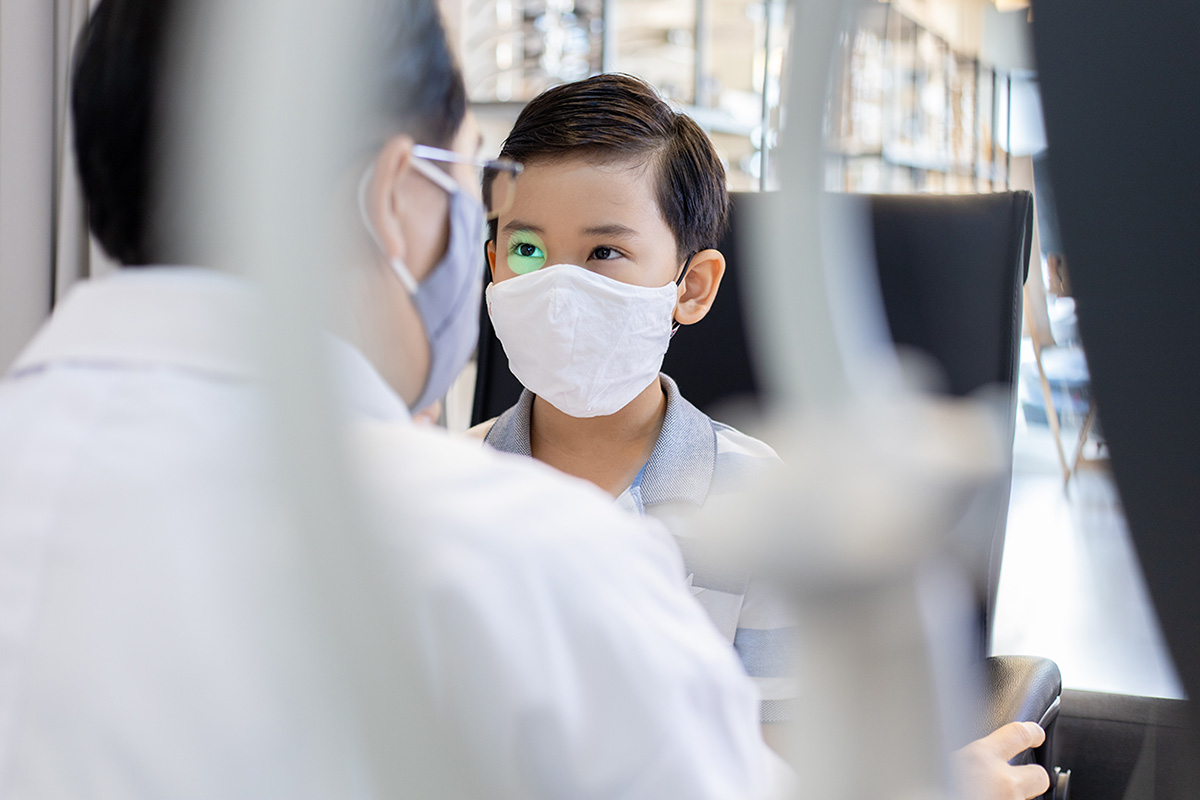

MYOPIA SOLUTIONS FOR CHILDREN
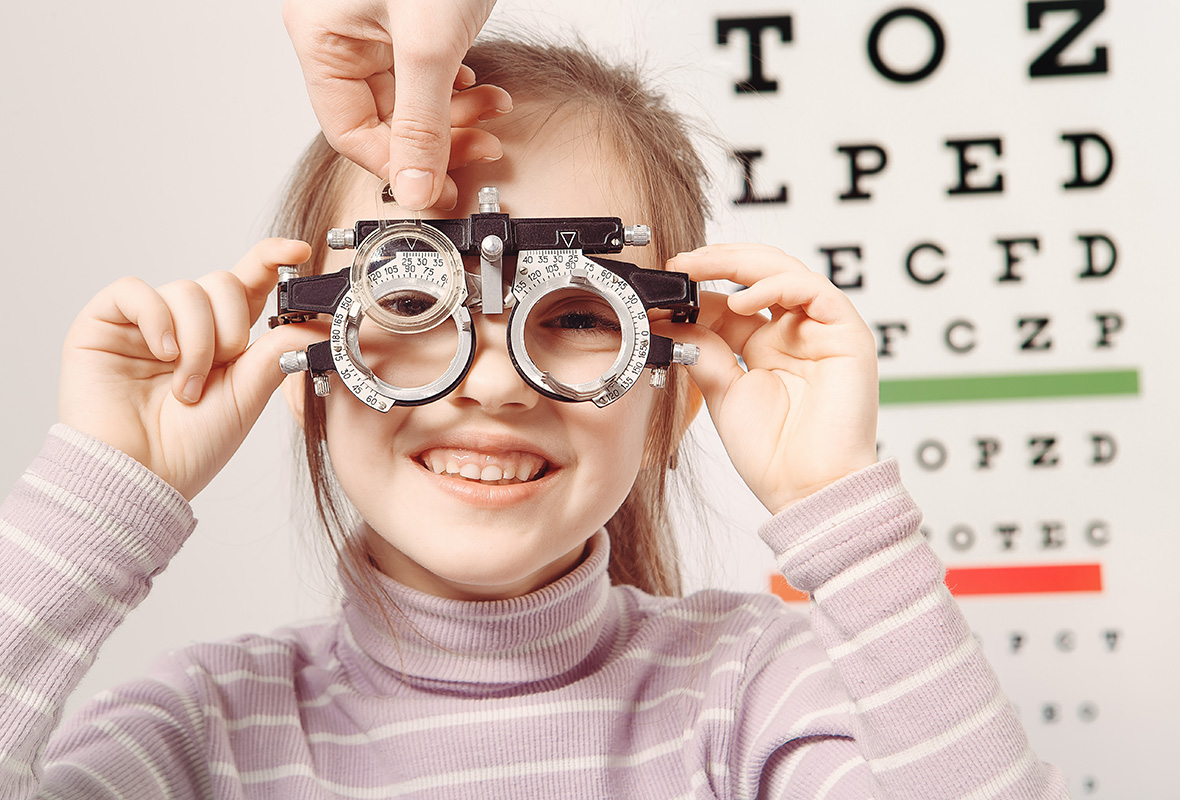

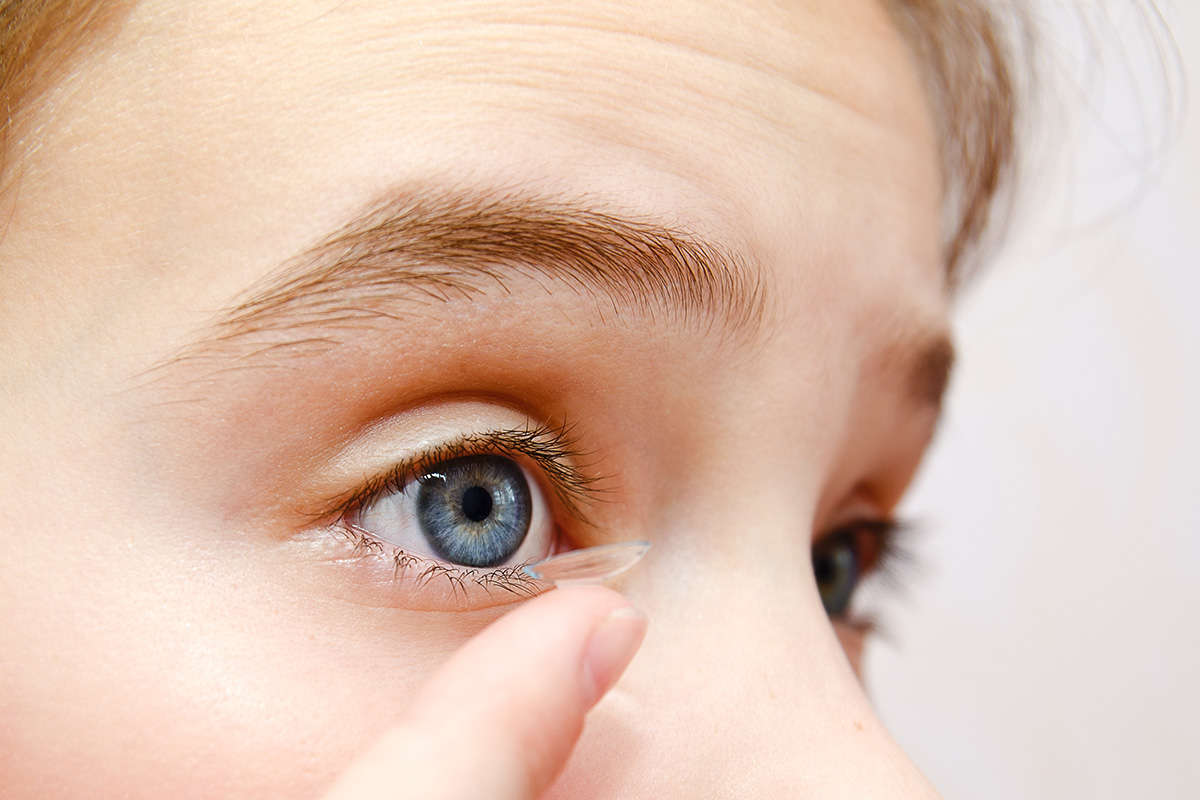

| Solution | Myopia Control Lenses |
Soft Contact Lenses for Myopia Management |
Orthokeratology |
Atropine Eye Drops |
| Description | Specially designed to slow down the progression of myopia | Designed for daytime use in myopia management | Hyper-gas permeable contact lenses designed to reshape the cornea during overnight use and temporarily improve visual acuity | By prescription only - effective in slowing down myopia progression |
| Suitable for | Young children who do not know how to wear contact lenses | Ages 6 or older with astigmatism of no more than -1.00 D | Ages 6 or older with myopia below -5.00 D and astigmatism not more than -1.00 D | Children who are not allergic to atropine eye drops |
| Advantages |
|
|
|
|
| Disadvantages |
|
|
|
|
To help safeguard your little one’s clear vision, Puyi Optical has curated a comprehensive range of professional myopia management lenses. Check out our advice and options below:


ZEISS’s comprehensive myopia management lenses are designed especially for children, taking their eye conditions, face profiles and lifestyle into account.
ZEISS CHILDREN MYOPIA MANGEMENT LENS SOLUTIONS (THREE MODELS)
ZEISS MyoKids
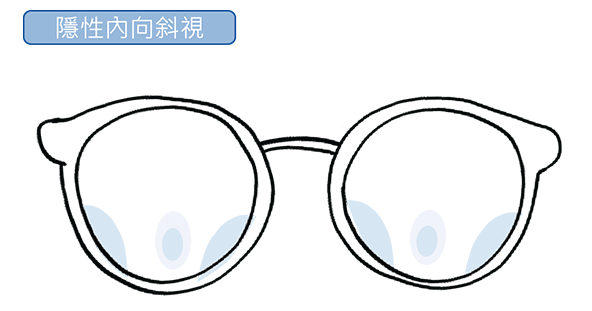

Accommodative Lag Management
- Provides accommodative lag during near-vision tasks
- Supports near vision tasks and the digital lives of today's children
- Provides clear and comfortable vision at all distances
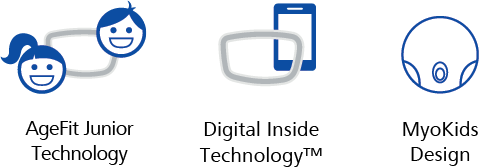

ZEISS MyoVision Pro
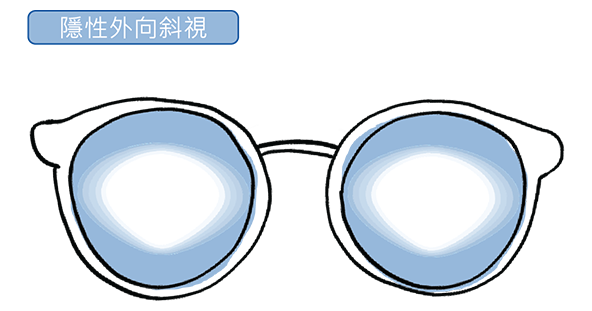

Peripheral Defocus Management
- Instant correction and slows down progression
- Specially designed for children's anatomy and lifestyle
- Easy, simple and child-friendly adaptation
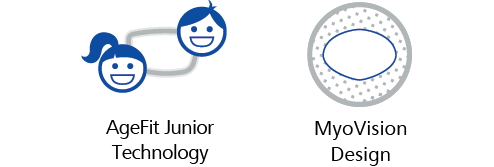

ZEISS MyoVision Ace


Upgraded Peripheral Defocus Management
- Optimized lens design with size of functional zone +80% and average defocus power +40%
- Manage myopia progression effectively
- Sharper and clearer vision for your kids’ everyday activities
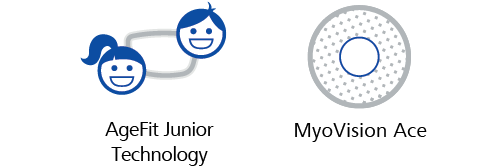

MiYOSMART Myopia Control Lens
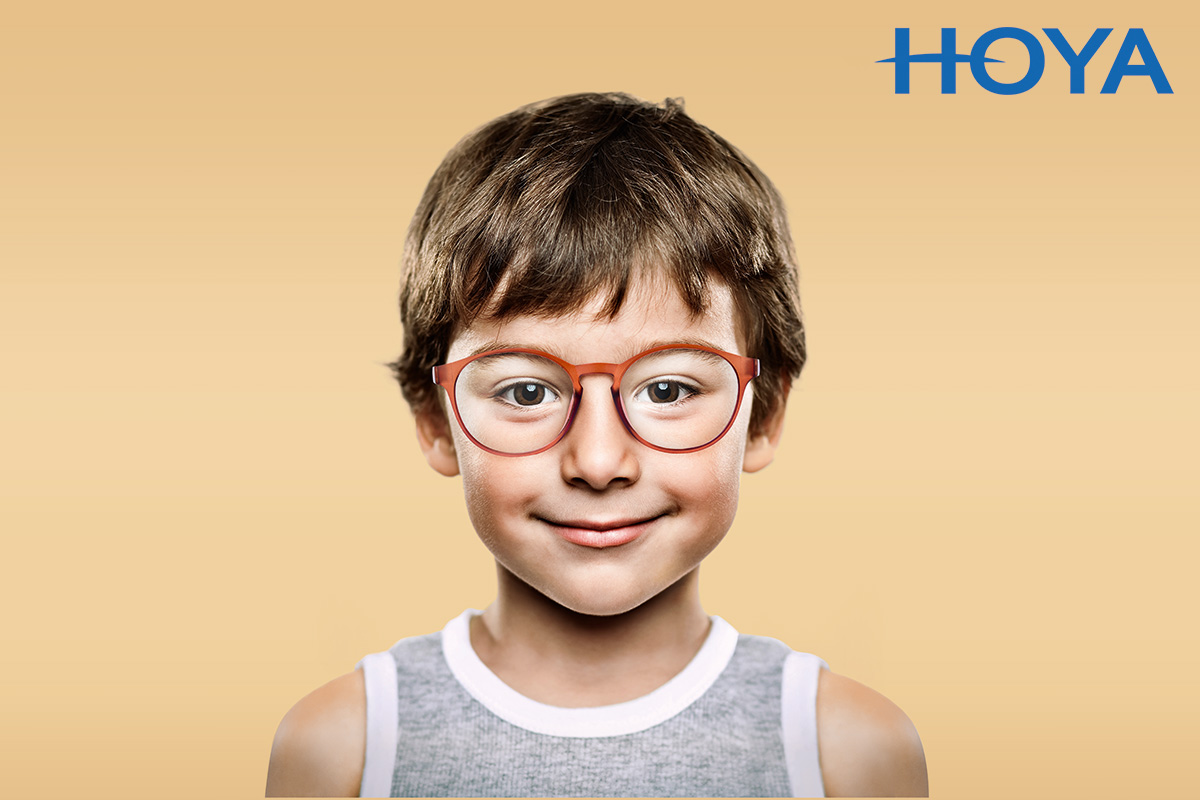

MiYOSMART® lenses for myopia control are jointly developed by HOYA and Hong Kong Polytechnic University and proven to be effective in slowing down myopia progression. The lens was awarded the prestigious Grand Prize, Grand Award and Special Gold Medal at the International Exhibitions of inventions of Geneva, Switzerland and the Silmo d’Or Award at the Silmo Paris Optical show.
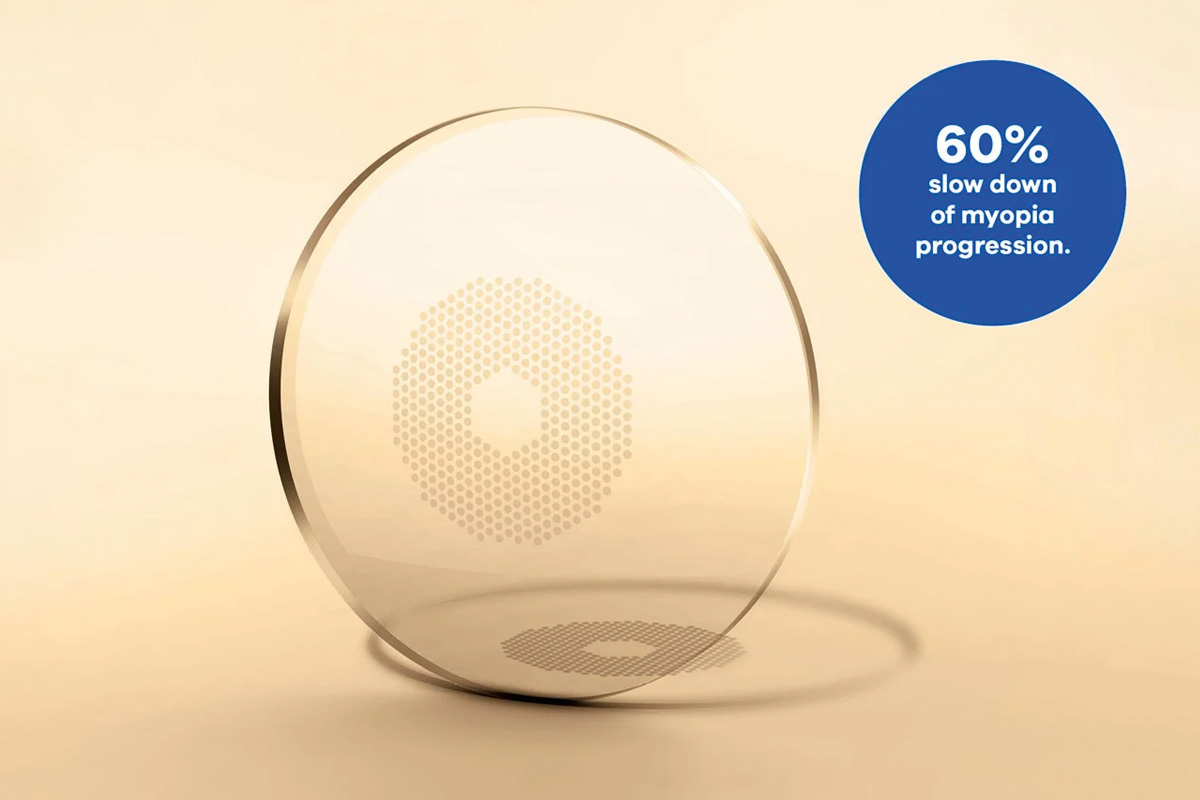

- Uses non-invasive D.I.M.S. technology and halts myopia progression in 21.5% of children in a clinical test
- Features myopia defocus zone, which effectively curbs myopia progression on average by 60%
- Made of impact-resistant polycarbonate, which is safe and durable for active kids
- Provides UV protection
- Trusted by over 500,000 parents worldwide
